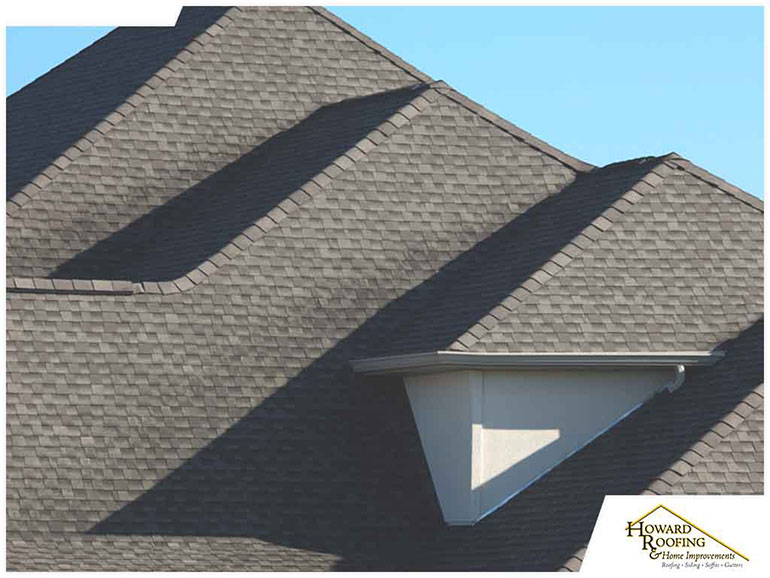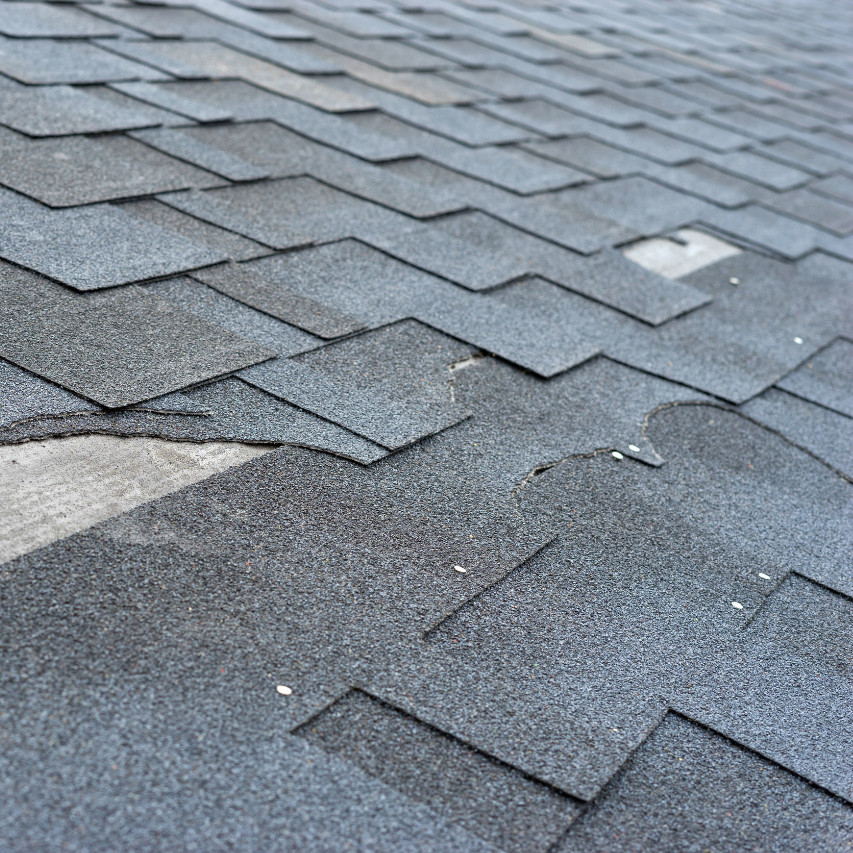Heat Impacted Roof Shingles

Shingles with a higher solar reflectance allow less heat to transfer into a home.
Heat impacted roof shingles. How roof color reflects or absorbs heat. The roof reflects a portion of the sun s energy. If the shingle cracks it is not. Before you learn anything else about roof color take away this fact.
Shingles with a higher sri rating are cooler in the sunshine. So while an ir shingle may reduce these effects the real benefit lies in the rubberized material making your shingle less likely to crack from the impact. This is what creates the base of the shingle. The filled coating is heated to nearly 400 degrees fahrenheit and added to both the top and bottom of the fiberglass mat.
After a hail storm your shingles may still experience some granular loss and dents at impact points. The most common type are 3 tab shingles. Let the roofing store show you how shingle colors for residential roof installation can influence energy efficiency. A study by the united states department of agriculture found that wood roofing panels under black shingles were ten to fifteen degrees warmer than the same panels under white shingles on a sunny day.
Shingle colors can have a significant impact on a roof s energy efficiency. These shingles retain their color over their lifespan of 50 plus years are heat and impact resistant to varying degrees those with a class a fire rating and class 4 impact resistance rating. Roof color affects your home s internal temperature. Granules are made from mined rock that has been crushed.
Ir shingles are impact resistant not impact proof. Your attic temperatures can swing by as much as 20 to 40 degrees which can increase energy consumption by a considerable 20. Some level of heat is absorbed by the roof and transferred into the home. Sri is represented as a number like 16.
Homes and commercial buildings in cities absorb heat on a mass scale which can make a city up to 10 degrees hotter than the surrounding countryside during the day or 5 degrees hotter at night. These single layer shingles are typically rated for winds up to only 60 mph and moderate impact from flying debris or hail. Cool roofs may also help to combat the urban heat island uhi effect. For most recorded locations the black shingled roofs were generally 10 f to 15 f warmer than identical white shingled roofs on sunny days.
To give a shingle its color texture and protective coating granules are added. It measures how hot the shingle surface is likely to become when exposed to solar radiation.














































